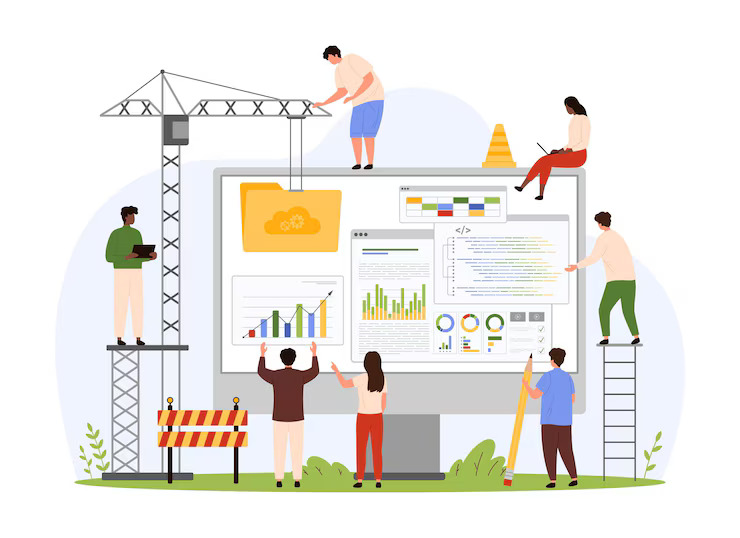Construction projects are complex, high-stakes undertakings involving tight budgets, strict deadlines, multiple stakeholders, and significant risk. Without effective project management, costs spiral, timelines stretch, and quality suffers.
Whether you’re managing a small renovation or a multi-million-dollar infrastructure build, the foundation of success is project management done right. Here are the best practices that experienced construction PMs use to deliver projects on time, on budget, and to spec.
1. Start with a Detailed Scope and Feasibility Plan
The first and most critical step is defining what success looks like. This involves:
- Establishing clear project goals
- Defining the scope of work in detail
- Conducting feasibility studies and risk assessments
- Outlining budget and timeline estimates
A well-developed Project Charter sets the tone for the rest of the project.
- Develop a Realistic and Detailed Schedule
Construction timelines often slip due to poor planning. A strong schedule includes:
- Work breakdown structures (WBS)
- Dependencies and critical paths
- Resource loading
- Buffer times for delays or change orders
Tools like MS Project, Primavera P6, or Buildertrend help visualize and manage complex timelines.
- Ensure Strong Contract and Stakeholder Management
From clients to contractors to government regulators, construction PMs juggle multiple stakeholders—each with their own expectations.
Best practices include:
- Clear contracts with defined deliverables and penalties
- Regular stakeholder updates and approval checkpoints
- A stakeholder communication plan
Strong relationships can reduce disputes and speed up decisions.
- Monitor Budget and Cash Flow Closely
Construction budgets are notorious for overruns. Prevent surprises by:
- Tracking costs in real time (labor, materials, equipment)
- Verifying progress before releasing payments
- Managing change orders with proper documentation
- Setting contingencies for unplanned expenses
Construction-specific cost control software can help you keep a firm grip on the numbers.
- Prioritize Safety and Compliance
Worksite accidents not only harm people—they derail projects. Make safety a central focus by:
- Conducting regular site inspections
- Training all workers on safety protocols
- Enforcing compliance with local building codes and regulations
- Keeping updated permits and documentation
Safety isn’t an add-on—it’s a core responsibility.
- Use Technology to Enhance Efficiency
Modern construction PMs rely on technology to boost productivity and reduce rework. Consider:
- Drones for site surveys
- BIM (Building Information Modeling) for planning and visualization
- Mobile apps for real-time reporting and inspections
- RFID or GPS tracking for equipment and inventory
Tech isn’t just for big projects—small and mid-size jobs benefit too.
- Conduct Regular Quality Checks
Waiting until project closeout to inspect quality is too late. Build quality control into the workflow:
- Perform inspections at each milestone
- Use checklists and punch lists
- Involve independent auditors when needed
- Document every issue and resolution
“Build it right the first time” should be the mantra.
- Document Everything
Construction projects generate a mountain of data. Keep a detailed record of:
- Site logs and daily progress reports
- Communication with subcontractors and vendors
- Change orders and approvals
- Incident and inspection reports
Good documentation protects against legal disputes and keeps the project team aligned.
Final Thoughts
Construction project management is a unique blend of precision planning, strong leadership, and on-the-ground problem solving. By following these best practices, PMs can reduce risk, control costs, and ensure successful project delivery—no matter the scale.
Categories
- Project Planning
- Project Initiation
- Monitoring and Controlling

